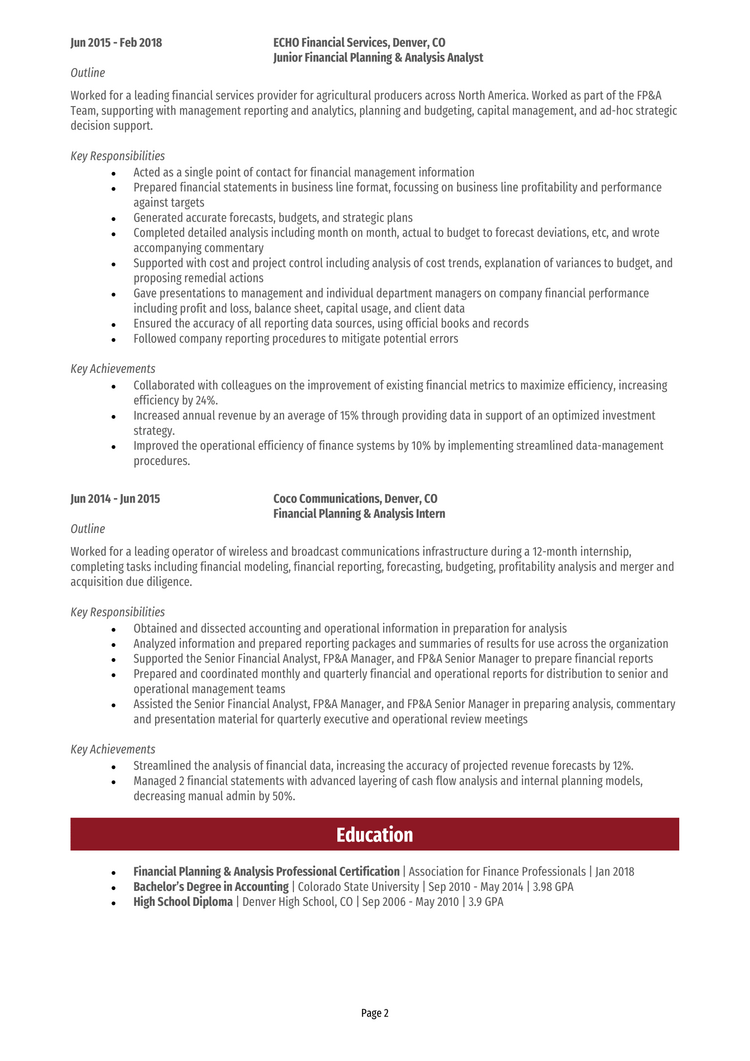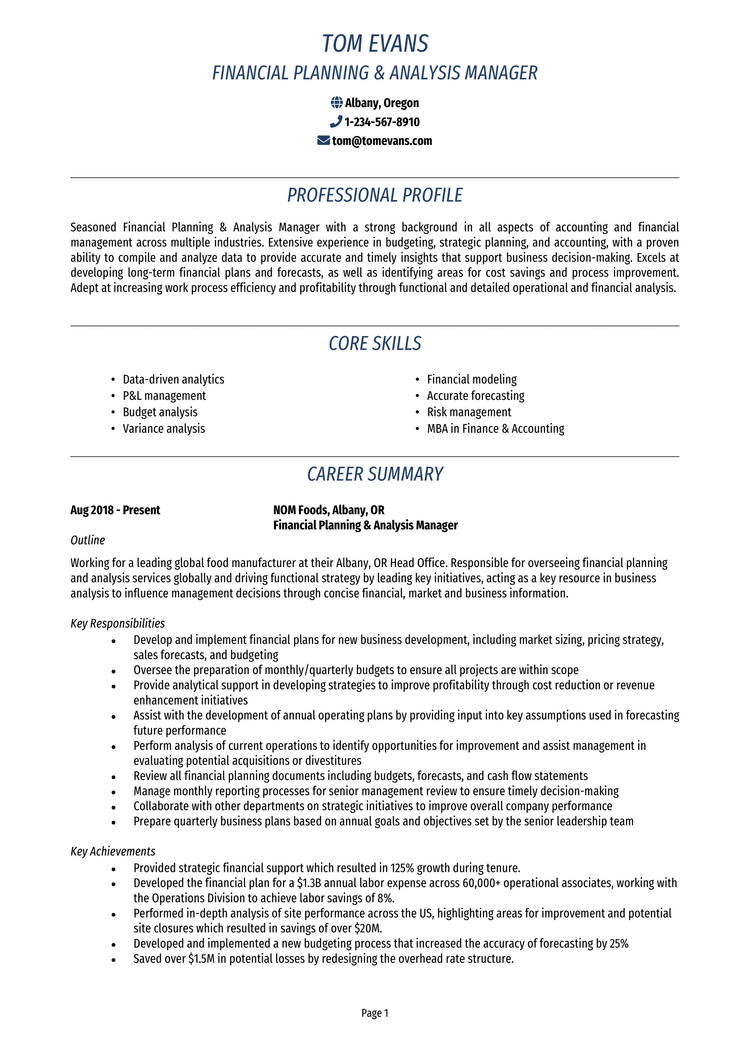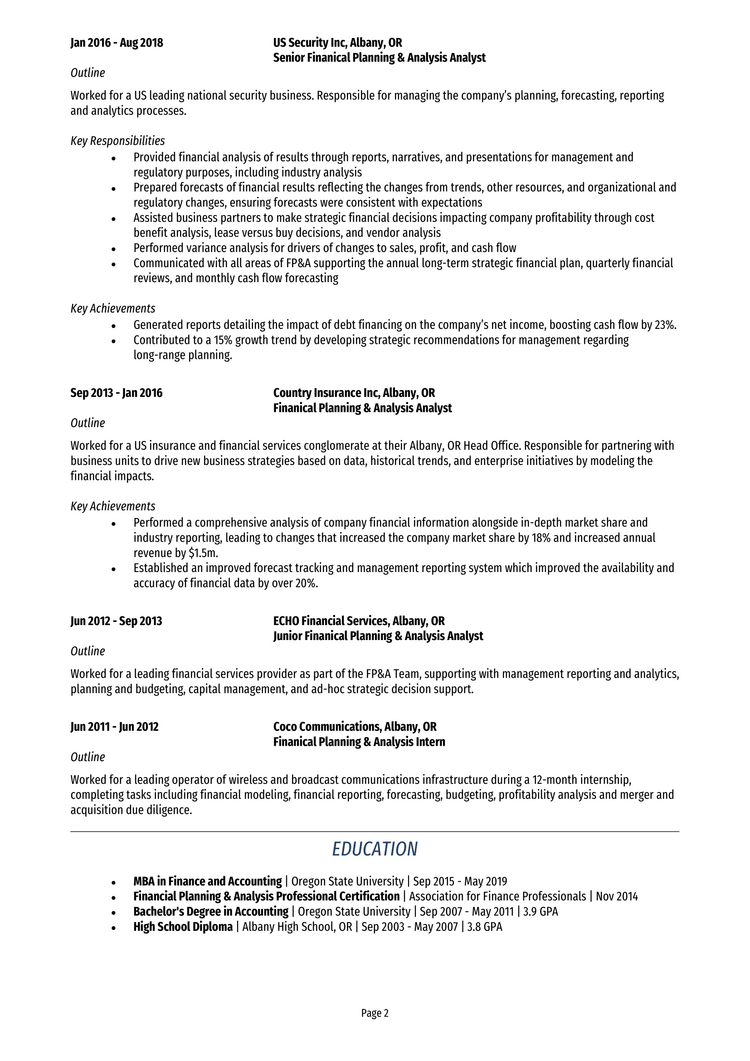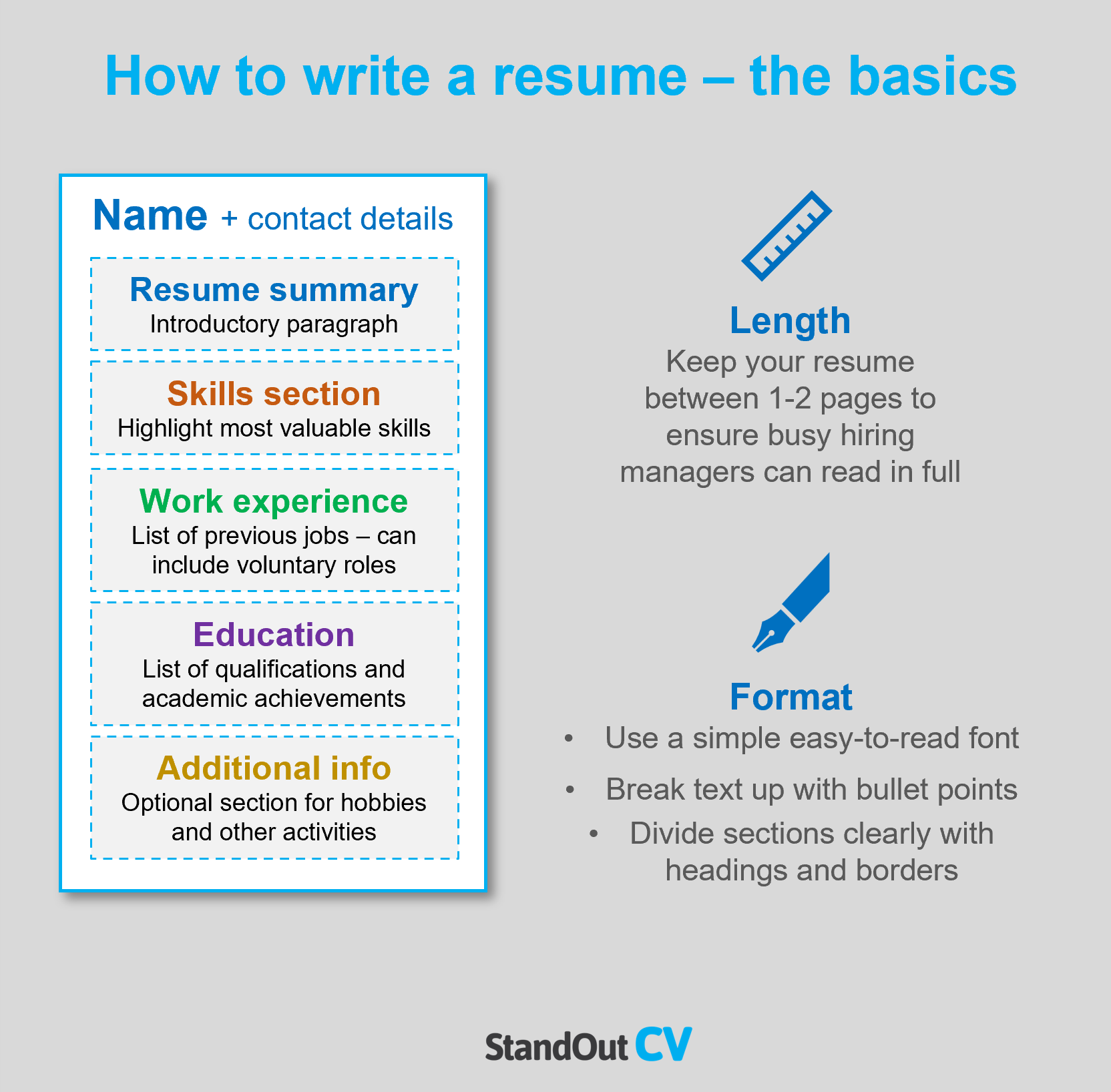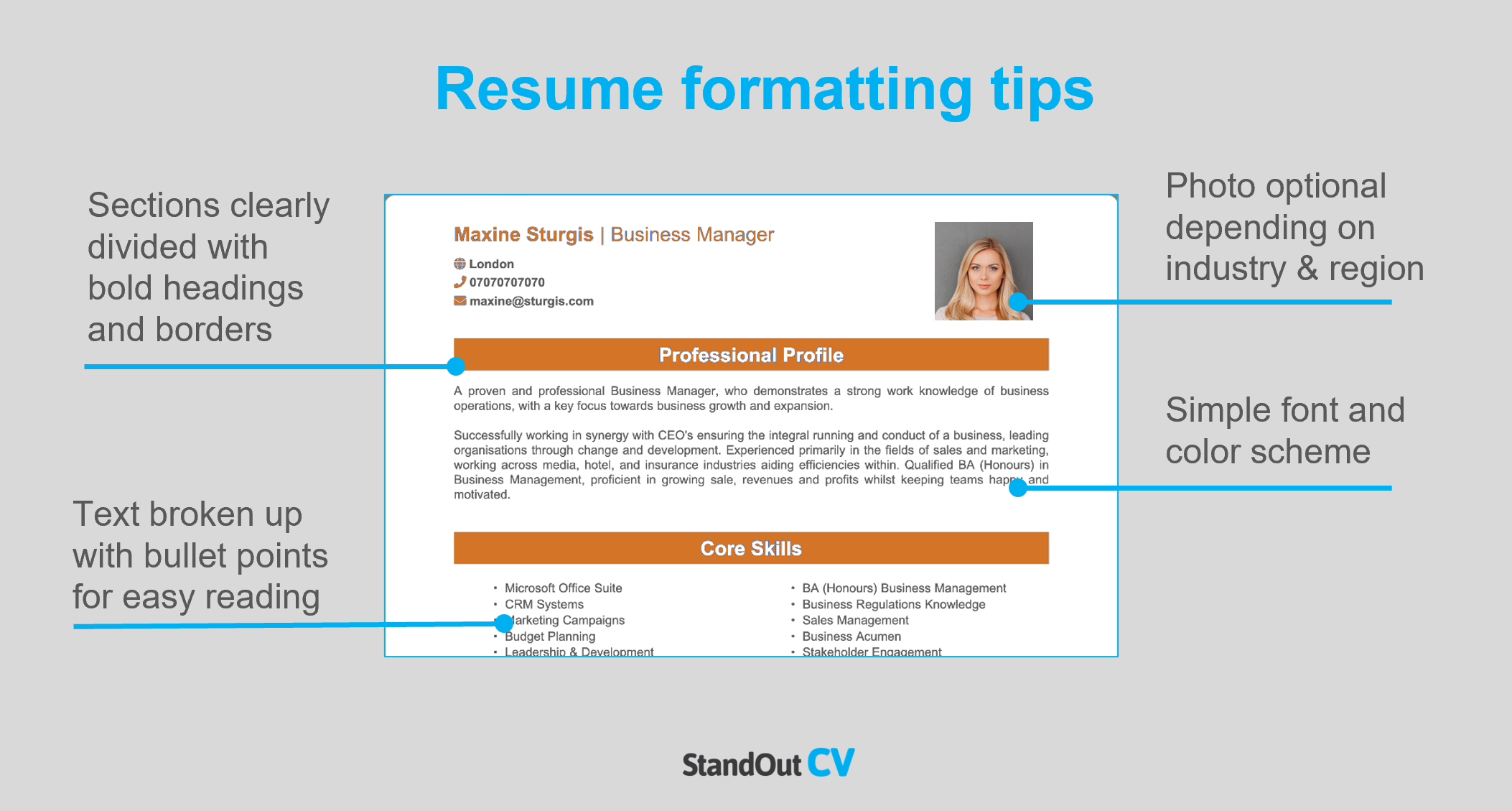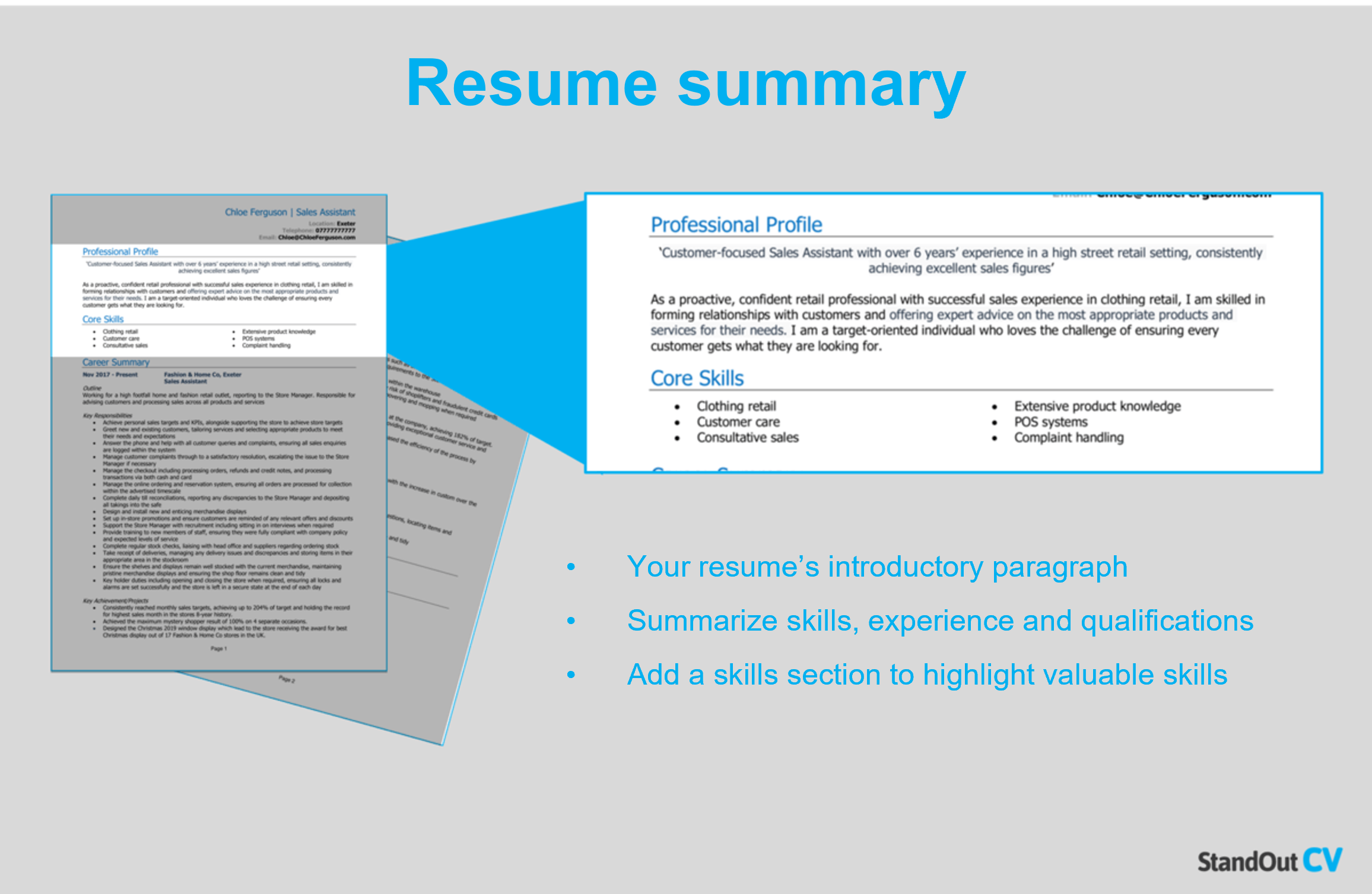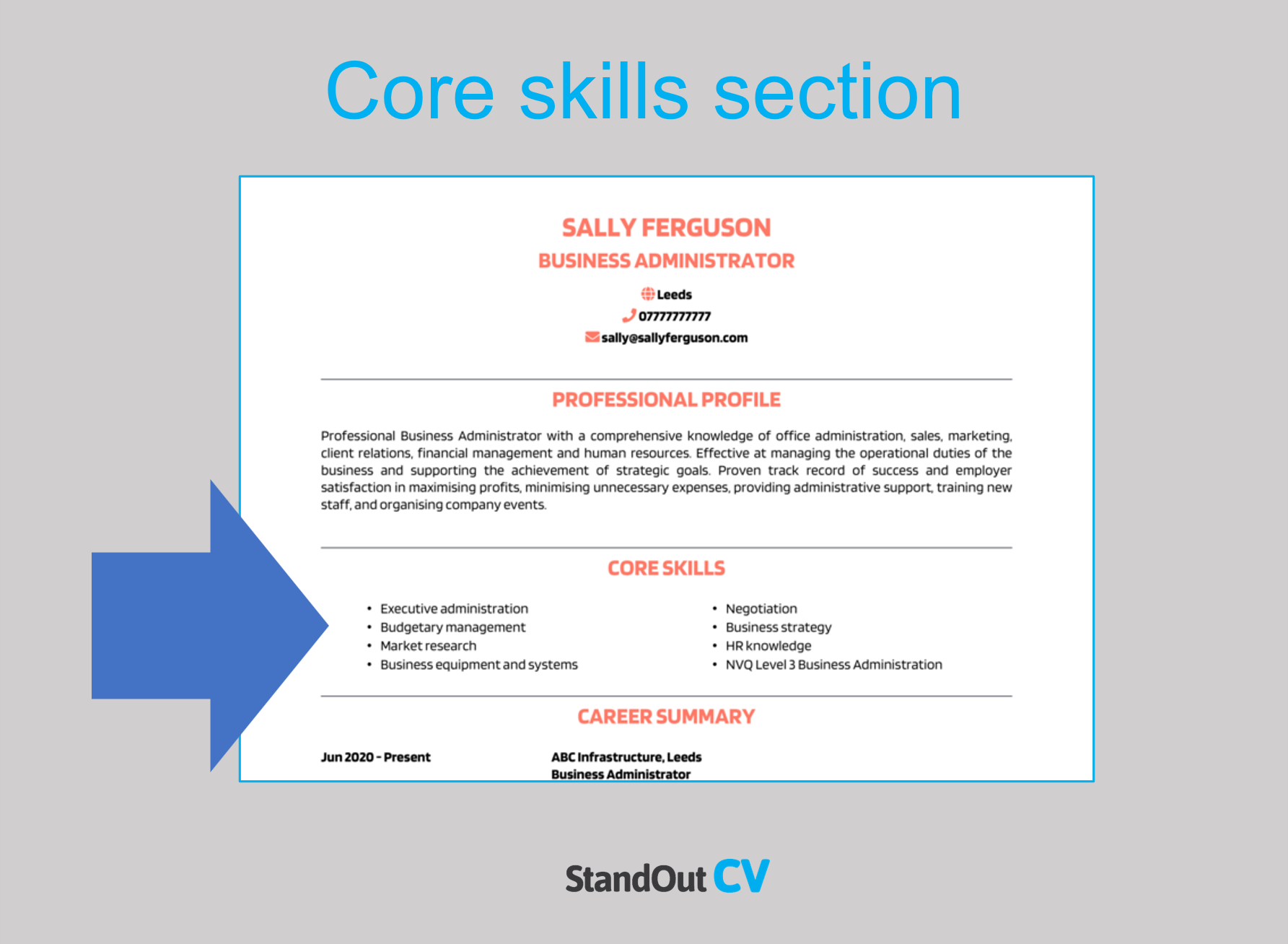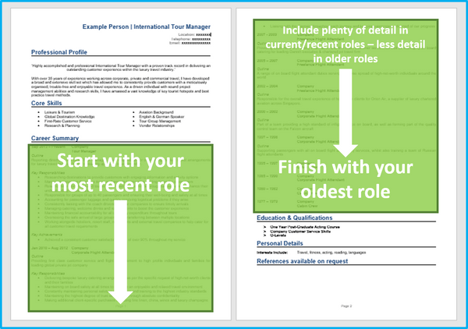Financial planning and analysis is one of the fastest-growing fields in the US, so if you love dealing with numbers and analyzing data, it’s a no-brainer!
But this also means that positions can be competitive. The best way to get around this is with a standout resume that grabs the recruiter’s attention.
To help you create such a resume, we’ve pulled together some of our top tips, as well as two financial planning and analysis resume examples, to get you started.
Contents
|
FP&A Resume Example 1

FP&A Resume Example 2
The example financial planning and analysis resumes above shows you how a professional resume should look, along with the type of content it should contain.
You’ll notice that the information is well organized across the page, and its easy for busy hiring managers to spot the candidate’s important skills.
Keep this in mind as you write your own financial planning and analysis resume.

FP&A resume layout and format
The format and layout of your resume can make or break its success.
Sure, it’s great to pack your resume with lots of impressive skills and knowledge, but if the page is not structured clearly, hiring managers will struggle to find the important stuff!
Above all, your resume should be easy-to-read and professional looking.
Follow these formatting tips to get noticed.
Resume formatting tips
- Length: Think that submitting a 10 page resume will impress recruiters? Unfortunately it won’t… Even if you’ve got tons of experience to brag about, recruiters don’t have time to read essays (according to the latest resume statistics) so keep it brief – around 2 pages is the sweet spot.
- Font and text: Complex fonts are a readers’ worst nightmare and will leave recruiters struggling to understand your message. Use a clear simple clean font in a color that stands out against the page, and break your text up with bullet points to make the content easily digestible.
- Design & structure: Go with a resume design that looks good, but also allows for easy reading and navigation for employers. Ensure the page is clearly split up into sections by adding large font headings and dividing borders. Keep the color scheme simple and don’t overcrowd the page.
- Photos and images: It’s not mandatory to add a photo to your resume in the USA but it if you’re applying to organizations within the creative fields, it can be beneficial.
Quick tip: Formatting a resume to look professional can be difficult and time-consuming. If you want to create an attractive resume quickly, try our quick-and-easy Resume Builder and use one of their eye-catching resume templates.
Resume layout
Here’s an overview of the sections you should add when writing your resume.
- Name and contact details – Stick these details at the top, so they are easy to find.
- Resume summary – A punchy paragraph summarizing your skills and knowledge, enticing recruiters to read more of your resume.
- Skills section – Short list of your most valuable skills, enabling recruiters to quickly spot your suitability.
- Work experience – Showcase your previous employment, starting with your most recent roe and working backwards – voluntary work and college placements can be included if you have no paid experience.
- Education – A summary of your most relevant qualifications and academic achievements
- Additional info – An optional section for that other attributes that may boost your application, such as hobbies or clubs
Now here’s exactly what you should include in each of these sections in your resume.
Resume Contact Details
Add your name and contact details to the very top of your resume, making it easy for recruiters to get in touch
- Name and profession title
- Cell phone number – or another number you can answer quickly
- Location – Add your local area such as San Diego or New York – not your full address as that will take up too much space.
- Email address – Use your name or close variation – no nicknames from high school.
You can add a link to your LinkedIn profile if you have one – you do not need to include personal details like date of birth or marital status.
FP&A Resume Summary
Now it’s time to get into the real content of your resume, starting with the summary.
Your resume summary is a short paragraph at the top of the document, and its jobs is to catch the eye of hiring managers by summarizing all your skills and knowledge that are most important to the roles you are applying for.
Tips for creating an strong resume summary:
- Keep it brief: You only have a few seconds to grab a recruiters’ attention and make them commit to your resume, so keep your summary between 4 – 7 lines.
- Tailor it: Ensure your profile makes an impact by matching it closely to the requirements of the job description, copying as many key terms as possible.
- Avoid cliches: Recruiters always see cringey cliches like “hardworking guru who works well in a team or individually” – they don’t mean much to anyone, so focus your summary on tangible skills and experience.
Example resume summary for FP&A
What to include in your FP&A Resume summary?
- Summary of professional experience: Provide an overview of the type of work you have done in the past and the impact you have made at previous employers.
- Relevant skills: Scatter your most in-demand financial planning and analysis skills through your summary to ensure they are noticed quickly by hiring managers.
- Essential qualifications: Mention any financial planning and analysis qualifications that are important to your profession in the summary briefly, to show you are qualified to carry out the role.
Quick tip: Choose from hundreds of pre-written summaries across all industries, and add one to your resume with one click in our quick-and-easy Resume Builder. All written by our recruitment experts and easily tailored to suit your unique skillset.
Core skills section
Underneath your summary, write a core skills section to make your most relevant skills jump off the page at readers.
It should be made up of 2-3 columns of bullet points of your relevant skills.
Before you do this, look over the job description and make a list of any specific skills, specialisms or knowledge required.
Then, make sure to use your findings in your list. This will paint you as the perfect match for the role.
Best skills for your FP&A resume
- Corporate finance – Concerned with how businesses fund their operations to maximize profits and minimize costs.
- Accurate forecasting – Predicting a company’s financial future by examining historical performance data, such as revenue, cash flow, expenses, or sales.
- Variance analysis – Analyzing the difference between planned numbers generated in previous forecasts and actual numbers.
- Financial modeling – Creating a spreadsheet that shows a snapshot of the company’s expenses and earnings which can be used to calculate the impact of a future event or decision.
- Risk management – Utilizing financial tools to manage the exposure to risks such as operational risk, credit risk and market risk.
Quick tip: Our quick-and-easy Resume Builder contains thousands of in-demand skills for every profession that can be added to your resume in seconds – saving you time and greatly improving your chances of landing job interviews.

Work experience section
Once you’ve got recruiters interested with your impactful summary, your work experience is where the real detail will lie.
Lay out your previous jobs from current to oldest, detailing what you contributed and achieved in each one.
If you’re highly experienced you can cut this section down to your most recent few years of work, but if you are junior you can bulk this up with voluntary work and college placements.
Structuring your job descriptions
It’s easy to overwhelm readers when writing about a job you have been doing for years or even months.
Break the information up like this to keep it simple for recruiters to understand.
Job outline
Start with a 1-2 sentence outline of the role, summarizing what the goal of your position was, who you reported to (or managed) and the type of organization you worked for.
Key responsibilities
Then delve into the detail of your job by listing out easy-to-read bullet points which show how you apply your skills in the workplace.
Tailor these bullet points to focus on the skills and knowledge that are required in the jobs you are applying for.
Key achievements
Show employers the value you can bring to them by adding a few achievements to your jobs.
Whether you’ve saved the company money or improved an internal process, let recruiters know
Add some numbers to give readers a real scale of the impact, e.g. “reduced call wait time by 10%”
The core purpose of your resume is to impress recruiters and secure interviews – adding achievements is one of the best ways you can do that.
Example job for FP&A resume
Outline
Working for a US insurance and financial services conglomerate at their Denver, CO Head Office. Responsible for partnering with business units to drive new business strategies based on data, historical trends, and enterprise initiatives by modeling the financial impacts.
Key Responsibilities
- Provide financial analysis of results through reports, narratives, and presentations for management and regulatory purposes, including industry analysis
- Develop and prepare forecasts of financial results reflecting the changes from trends, other resources, and upcoming organizational and regulatory changes, ensuring forecasts are consistent with expectations, supporting analysis and reconciliation of backlogs
- Manage and coordinate forecasting processes and procedures, assisting in the creation of business models, and completing weekly reports
- Assist business partners to make strategic financial decisions impacting company profitability through cost benefit analysis, lease versus buy decisions, and vendor analysis
Quick tip: Create impressive job descriptions easily in our quick-and-easy Resume Builder by adding pre-written job phrases for every industry and career stage.
Education resume section
Near the end of your resume add your education section
Experienced candidates should keep it brief and focus on professional qualifications – and junior candidates can include high school diplomas, college degrees etc.
Additional info for your resume
Any other info that didn’t fall into any of the previous sections can be added here.
If you have hobbies that are related to your profession or any awards or publications – add them here.

Writing your FP&A resume
Writing a financial planning and analysis resume can be challenging but following the steps above will ensure that you land plenty of interviews.
If you want to speed up the process and use an attractive professional template, try out our quick-and-easy Resume Builder.
Good luck with your job search!

